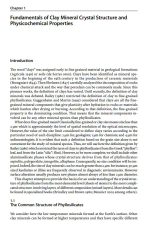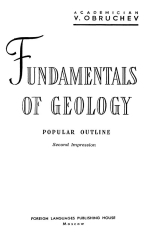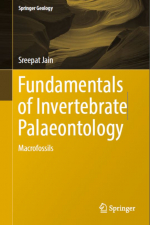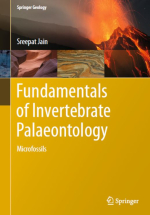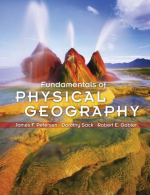The idea of this brief chapter is to introduce students to the concept of fossil occurrences and their use, through geological time. An approach that defines the geological time scale, a method of relating the timing and relationship between events that have occurred during Earth’s history. The Geologic time is divisible into four Eons, Hadean, Archean, Proterozoic, and Phanerozoic (Fig. 1.1). The Eons are further divided into Eras; the Phanerozoic is divided into Paleozoic, Mesozoic, and Cenozoic (Fig. 1.1). The Eras are based on major changes in fossils record (such as extinction and origination; the latter is the appearance of new forms). The Eras are further divided into smaller units called Periods, in which a single type of rock system is formed; these are further divided into Epochs like the Paleogene is divisible into Paleocene, Eocene, and Oligocene (Fig. 1.1). However, in spite of a long impressive fossil record, it is also interrupted by major and minor extinction events (Fig. 1.1; see also Hart 1996; Hallam and Wignall 1997; Koeberl and MacLeod 2002; Taylor 2009). The Phanerozoic record of marine invertebrates, in particular, is interrupted by numerous, geologically short-term intervals (generally <3 Ma) during which biotic diversity and abundance declined significantly (<40 % at the familial level and <63 % at the generic level) (Raup and Sepkoski 1986) (see Fig. 1.1). Extinctions (major and minor) do not fall within the preview of this book but have only been mentioned to allude to the interruptions within the fossil record. <...>




